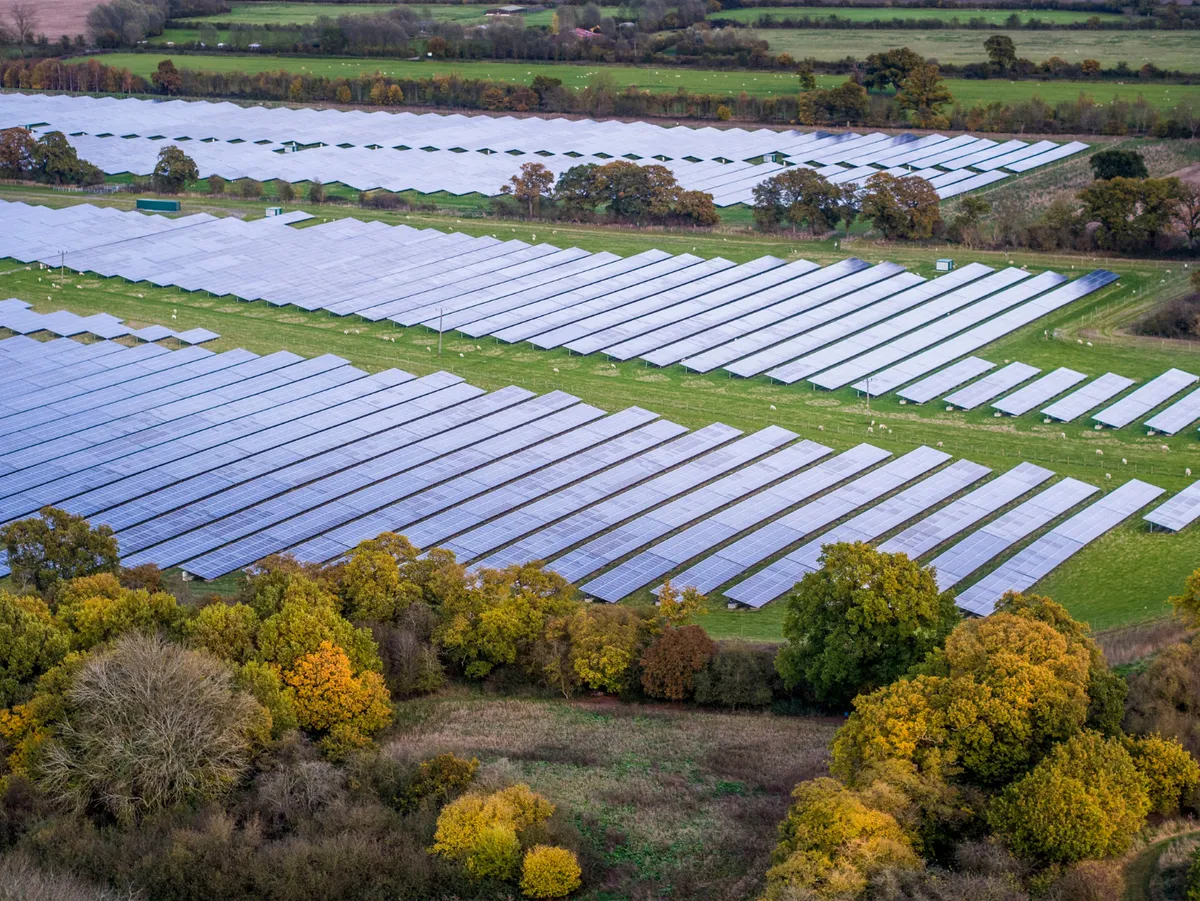Business
Green Bonds and Solar Farms: Renewable Investment Trends in Greater London

Introduction
Greater London is experiencing a remarkable transformation in its approach to sustainability and clean energy investment. As the United Kingdom intensifies its efforts to meet net-zero emissions targets by 2050, the capital has emerged as a leading center for renewable finance and infrastructure. Among the most dynamic developments are the rapid growth of green bond issuances and large-scale investments in solar energy projects across the metropolitan area.
In 2025, investors have poured unprecedented levels of capital into renewable energy ventures, demonstrating both commercial confidence and a long-term commitment to decarbonization. London’s ability to combine financial innovation with technological deployment has made it a model for sustainable urban investment. Green bonds have become one of the primary tools driving this movement, funding new solar farms, rooftop panel networks, and clean energy infrastructure that serve both private and public sectors.
The Rise of Green Bonds in London’s Financial Markets
The London financial district continues to play a pivotal role in global sustainable finance. Green bonds, which are debt instruments specifically earmarked for environmentally friendly projects, have seen a surge in issuance throughout 2025. According to market estimates, green bond issuance in the UK surpassed 25 billion pounds during the first three quarters of the year, with London-based institutions accounting for more than two-thirds of the total.
This surge reflects a growing investor appetite for assets aligned with environmental, social, and governance (ESG) principles. Pension funds, sovereign investors, and corporate treasuries are increasingly seeking to align portfolios with sustainability targets. Green bonds provide a mechanism to finance renewable infrastructure while offering predictable returns.
The proceeds of many of these issuances have gone directly into solar energy projects across Greater London and surrounding regions. Both the public and private sectors are leveraging these instruments to expand clean energy capacity and modernize energy grids. The Greater London Authority has issued multiple municipal green bonds to fund renewable energy adoption in public buildings, transport networks, and residential developments.
Expansion of Solar Infrastructure
Solar power is at the heart of London’s renewable energy expansion. While the capital may not have the constant sunlight of southern Europe, advances in solar technology and improved efficiency have made photovoltaic (PV) systems increasingly viable in the UK’s climate. In 2025 alone, solar capacity within Greater London grew by nearly 15 percent, driven by new installations across commercial rooftops, industrial estates, and suburban developments.
Major investment projects are underway in both urban and peri-urban zones. Several large-scale solar farms have been developed on the outskirts of the city, providing clean electricity to thousands of homes. At the same time, smaller community-driven solar cooperatives are emerging, empowering residents to invest directly in local energy production and share the economic benefits.
Technological innovation has played a significant role in this expansion. Advances in thin-film solar cells, integrated energy storage, and smart grid technologies have reduced costs and improved efficiency. Furthermore, collaboration between local councils, energy companies, and financial institutions has accelerated the deployment of renewable assets through public-private partnerships.
Policy and Institutional Support
Government policy has been instrumental in encouraging renewable investment. The UK’s updated Green Finance Strategy and the expansion of the Clean Growth Fund have provided additional capital and confidence for green projects. Tax incentives for renewable infrastructure and energy-efficient construction have further strengthened the business case for sustainable investment.
The Greater London Authority’s environmental strategy emphasizes the goal of becoming a zero-carbon city by 2030. This vision is being translated into concrete actions, including requirements for solar panels on new developments, retrofitting public buildings with renewable systems, and upgrading energy grids for distributed generation.
Regulatory frameworks have also evolved to support transparency and accountability in green finance. The adoption of the UK Green Taxonomy has helped standardize what qualifies as an environmentally sustainable investment, increasing confidence among investors and reducing the risk of greenwashing. These measures have made London one of the most trusted global markets for sustainable financial products.
Private Sector Participation and Market Innovation
Corporate participation in London’s renewable transformation has been substantial. Financial institutions, real estate developers, and energy firms are integrating sustainability into their long-term business models. Major corporations have issued their own green bonds to fund renewable energy transitions, while banks have launched green deposit products that channel customer funds into environmentally beneficial projects.
Real estate investors are increasingly prioritizing sustainability metrics. Solar power integration is becoming standard in both commercial and residential developments. Many developers now treat renewable energy capacity as a key determinant of property value and resilience. Additionally, energy companies are partnering with fintech startups to create platforms that enable individuals to invest directly in clean energy projects through tokenized green bonds or digital investment portals.
Innovation has also extended to financing mechanisms. Some projects are experimenting with blended finance models, combining public funds, private investment, and concessional capital to de-risk large-scale renewable initiatives. This diversified approach is expanding access to funding for smaller, community-level solar projects that might otherwise struggle to attract institutional investors.
Environmental and Economic Impact
The financial and environmental benefits of renewable energy investment are increasingly clear. London’s transition toward solar power and green finance has created thousands of new jobs across engineering, technology, and construction sectors. It has also contributed to a measurable reduction in urban carbon emissions.
Energy costs for households and businesses participating in renewable schemes have declined as solar generation reduces dependence on imported fossil fuels. Moreover, the growth of local energy cooperatives has strengthened community resilience and engagement with sustainability goals. These initiatives are not only supporting the city’s environmental commitments but also enhancing economic inclusivity.
The knock-on effects extend beyond London. The capital’s success has encouraged other UK cities to adopt similar models for financing and deploying renewable energy infrastructure. London’s leadership in sustainable finance is helping to position the UK as a global center for green innovation and investment.
Conclusion
Greater London’s renewable energy investment boom reflects the powerful synergy between finance, policy, and technology. The rise of green bonds and the rapid expansion of solar infrastructure have demonstrated that sustainable development can deliver both environmental and economic returns. As investors, policymakers, and businesses continue to align around long-term climate objectives, the city is setting a benchmark for urban sustainability.
London’s commitment to green finance has turned ambition into measurable progress. By fostering collaboration between financial markets and clean energy developers, the capital is laying the foundation for a low-carbon future. The growth of solar power and the success of green bond programs illustrate how financial innovation can drive real-world transformation. If current trends continue, London is poised to remain a global leader in sustainable investment, shaping the path toward a cleaner, more resilient economy for decades to come.














